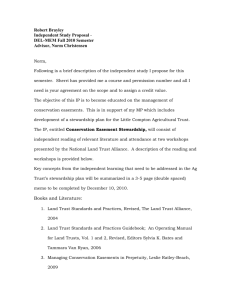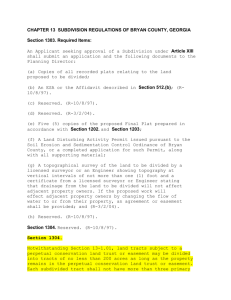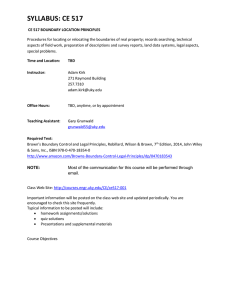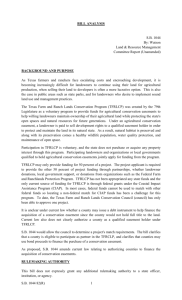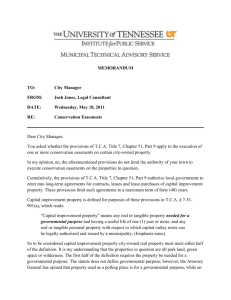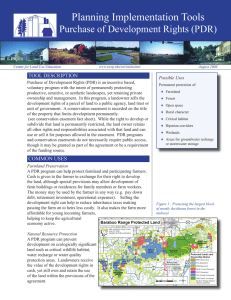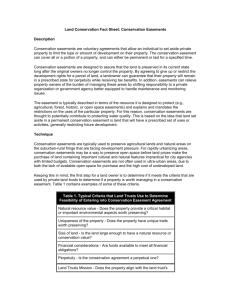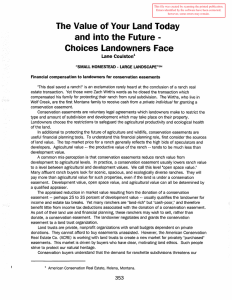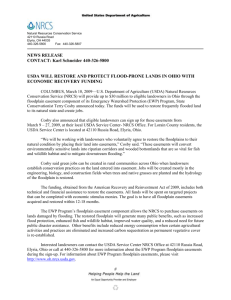Westchester Land Trust will work to implement local open space
advertisement
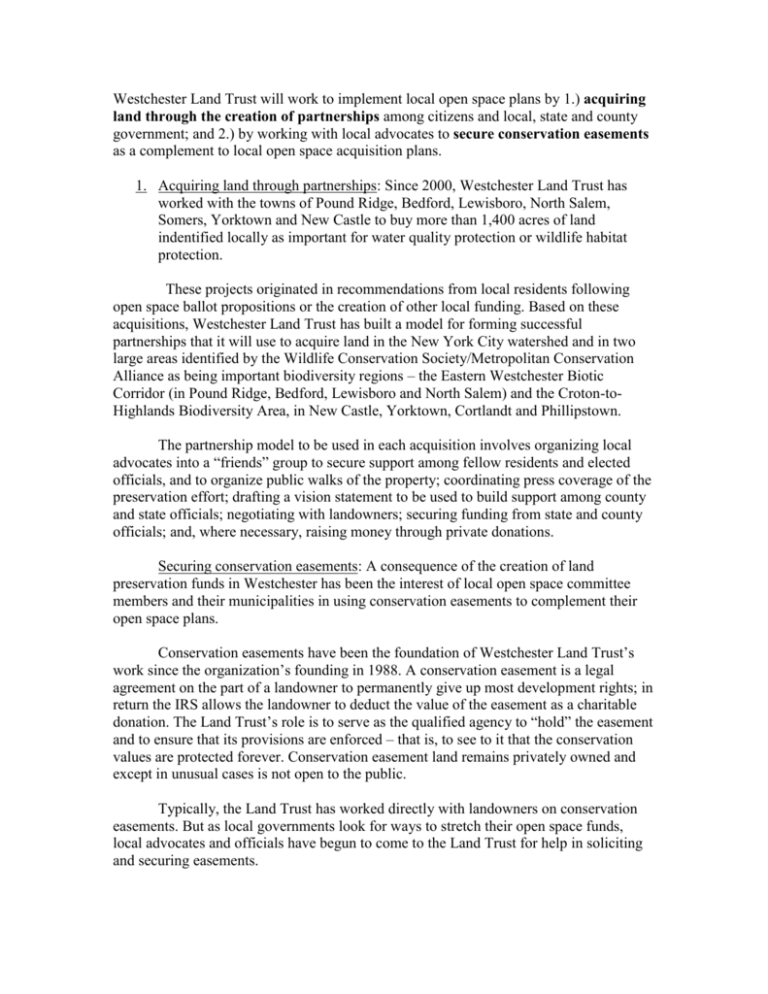
Westchester Land Trust will work to implement local open space plans by 1.) acquiring land through the creation of partnerships among citizens and local, state and county government; and 2.) by working with local advocates to secure conservation easements as a complement to local open space acquisition plans. 1. Acquiring land through partnerships: Since 2000, Westchester Land Trust has worked with the towns of Pound Ridge, Bedford, Lewisboro, North Salem, Somers, Yorktown and New Castle to buy more than 1,400 acres of land indentified locally as important for water quality protection or wildlife habitat protection. These projects originated in recommendations from local residents following open space ballot propositions or the creation of other local funding. Based on these acquisitions, Westchester Land Trust has built a model for forming successful partnerships that it will use to acquire land in the New York City watershed and in two large areas identified by the Wildlife Conservation Society/Metropolitan Conservation Alliance as being important biodiversity regions – the Eastern Westchester Biotic Corridor (in Pound Ridge, Bedford, Lewisboro and North Salem) and the Croton-toHighlands Biodiversity Area, in New Castle, Yorktown, Cortlandt and Phillipstown. The partnership model to be used in each acquisition involves organizing local advocates into a “friends” group to secure support among fellow residents and elected officials, and to organize public walks of the property; coordinating press coverage of the preservation effort; drafting a vision statement to be used to build support among county and state officials; negotiating with landowners; securing funding from state and county officials; and, where necessary, raising money through private donations. Securing conservation easements: A consequence of the creation of land preservation funds in Westchester has been the interest of local open space committee members and their municipalities in using conservation easements to complement their open space plans. Conservation easements have been the foundation of Westchester Land Trust’s work since the organization’s founding in 1988. A conservation easement is a legal agreement on the part of a landowner to permanently give up most development rights; in return the IRS allows the landowner to deduct the value of the easement as a charitable donation. The Land Trust’s role is to serve as the qualified agency to “hold” the easement and to ensure that its provisions are enforced – that is, to see to it that the conservation values are protected forever. Conservation easement land remains privately owned and except in unusual cases is not open to the public. Typically, the Land Trust has worked directly with landowners on conservation easements. But as local governments look for ways to stretch their open space funds, local advocates and officials have begun to come to the Land Trust for help in soliciting and securing easements. Our proposal calls on us to work with local advocates and officials on easements in two ways: by helping identify and solicit potential easement donors based on local open space priority lists; by using the land acquisition model detailed above as a springboard for soliciting easements near the land to be bought. The Land Trust staff will work with local advocates, committee members and officials to identify potential easement donors on local open space priority lists. Priority lists typically identify lands that are of the highest importance and which should be protected using public funds, as well as lands that are of a second rank and for which public funds are unlikely to be available. Many of these second-rank properties are worth preserving through easements. Good easement land is often land that is valuable for biodiversity protection or watershed protection – land that might be damaged by the public access that the expenditure of public funds usually requires. Easement donors are often found among people with the financial resources to take advantage of IRS tax deductions for donating land. The Land Trust staff will collaborate with local committee members on letters of solicitation to potential easement donors; participate in meetings with landowners; supply brochures and other materials; and provide the technical and legal support necessary to complete conservation easements.
